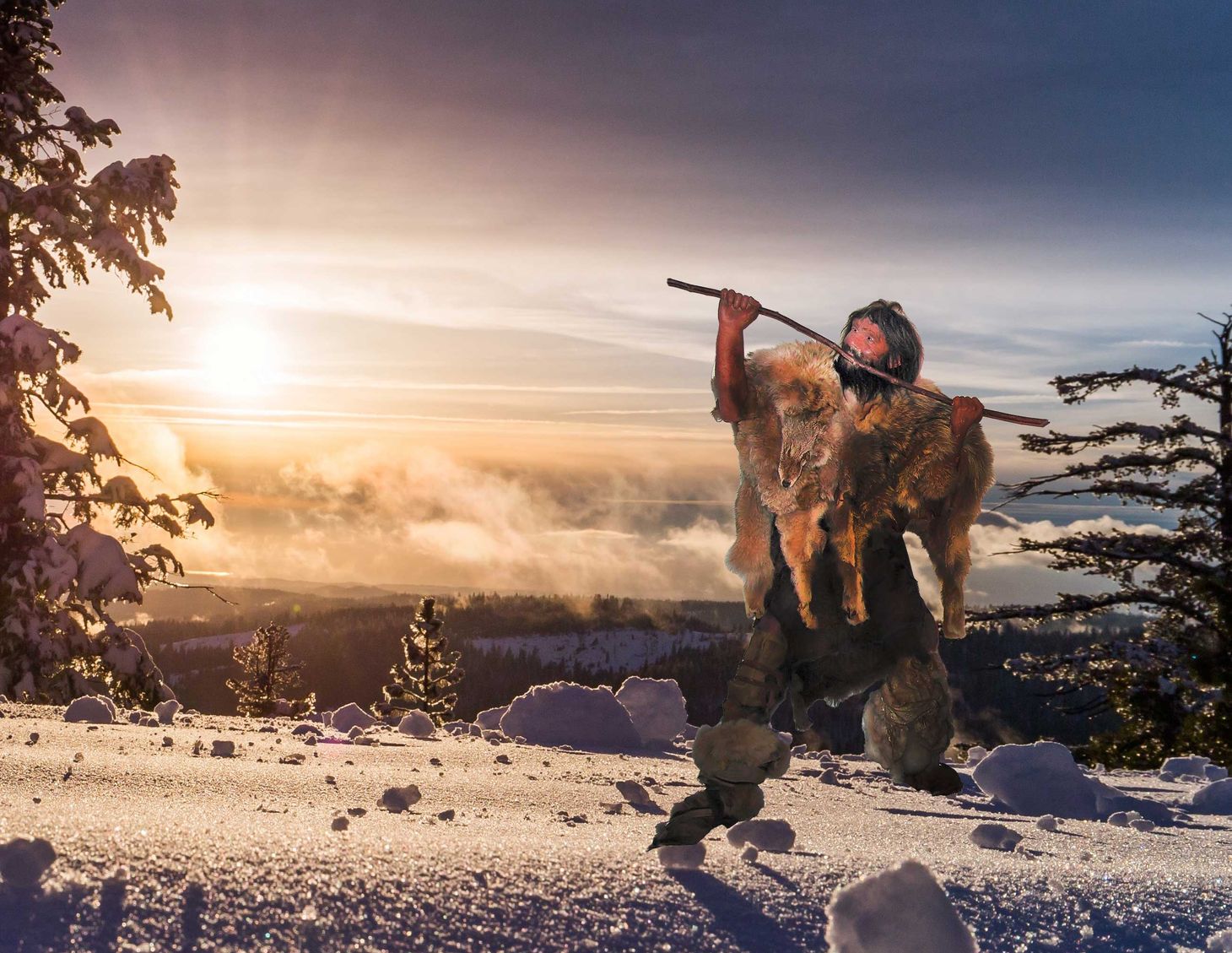Blog articles
All the hominins made tools
A study of associations between stone tool evidence and fossil hominin remains shows that a wide range of species made stone artifacts.
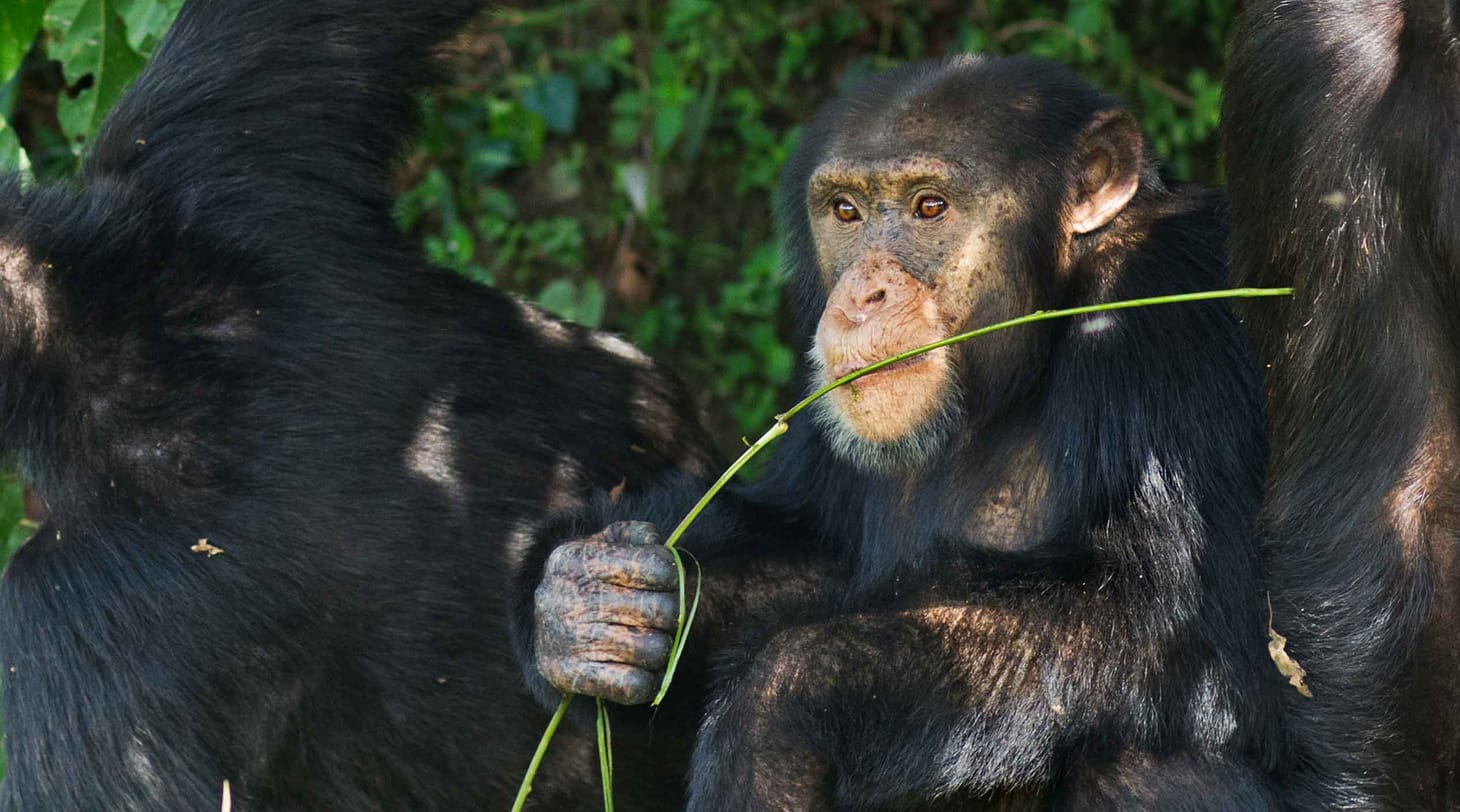
Tracing the signature of African-to-Neandertal gene flow
A new study of African genetic variation yields a more accurate picture of the genetic exchanges between ancient Africans and Neandertals 250,000 years ago.
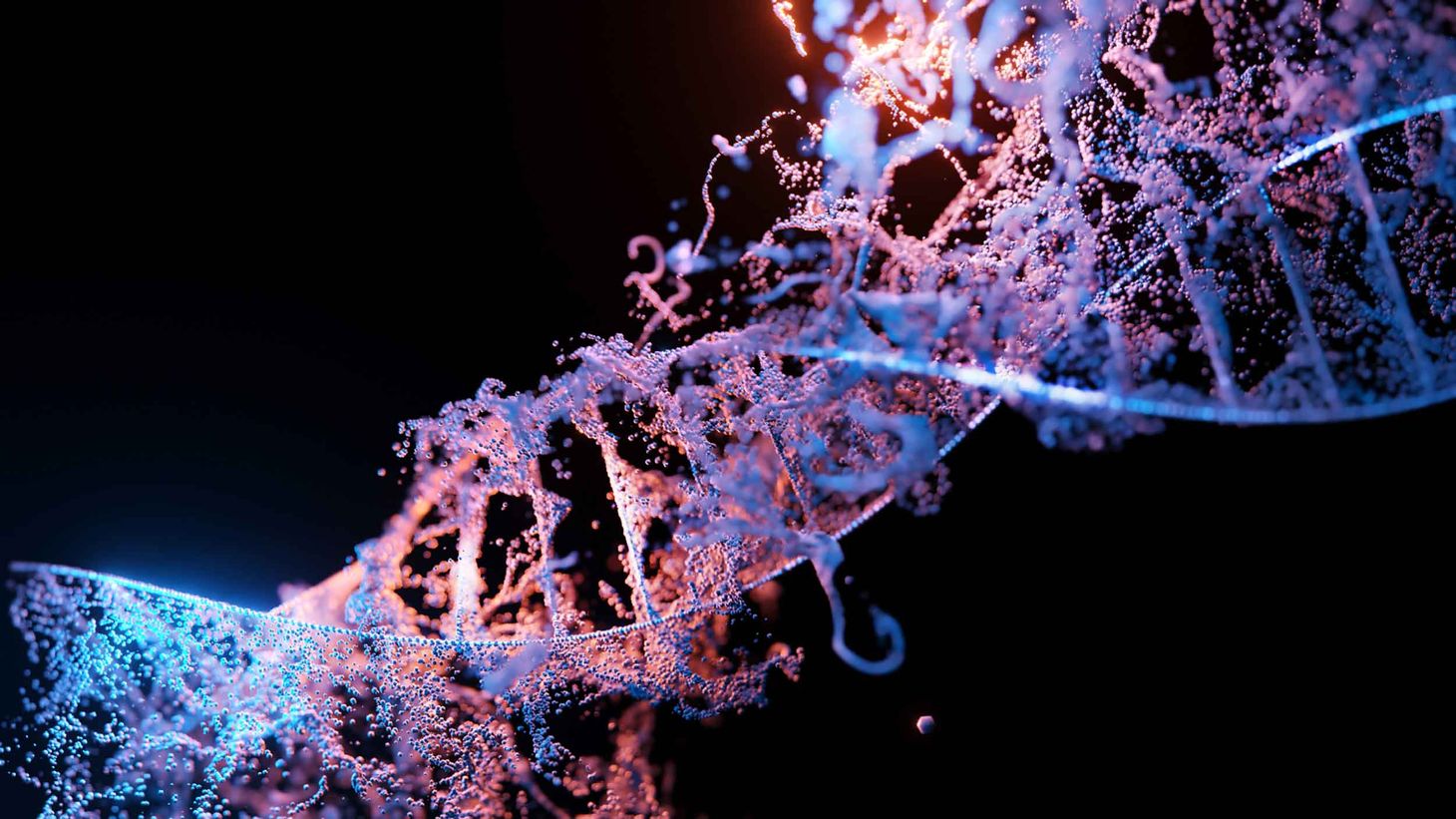
Lecture: Opening new frontiers in human origins
At a memorial for Richard Leakey, I shared some ideas about where technology and new discoveries will take paleoanthropology over the next decade.
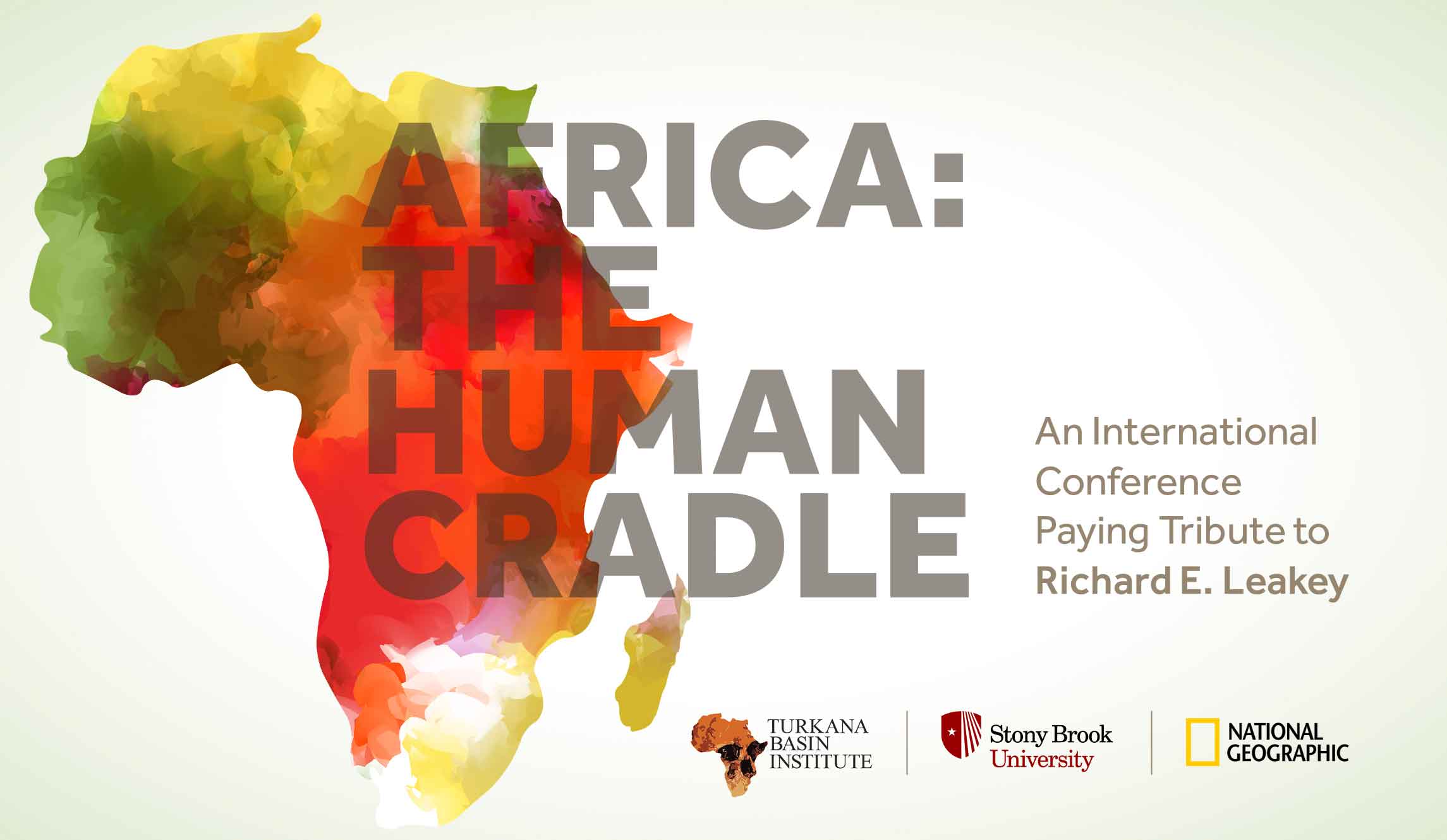
Homo erectus keeps getting older
New work from Melka Kunture, Ethiopia, shows the Garba IVE infant jaw is one of the oldest individuals of this longest-lasting hominin species.
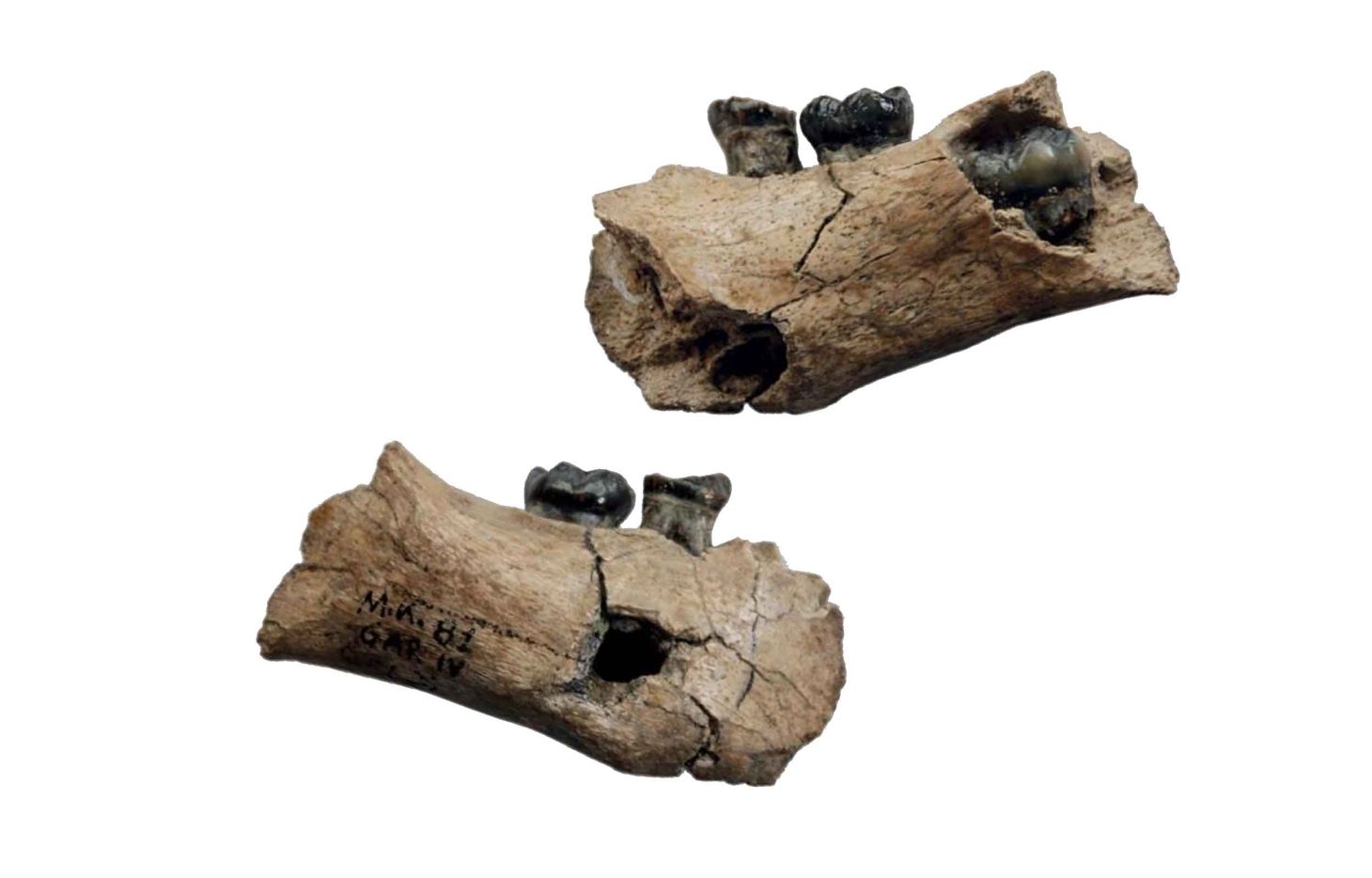
Guide to Sahelanthropus, Orrorin and Ardipithecus
These fossil species between 8 million and 4.4 million years old include some of the earliest members of the hominin lineage.
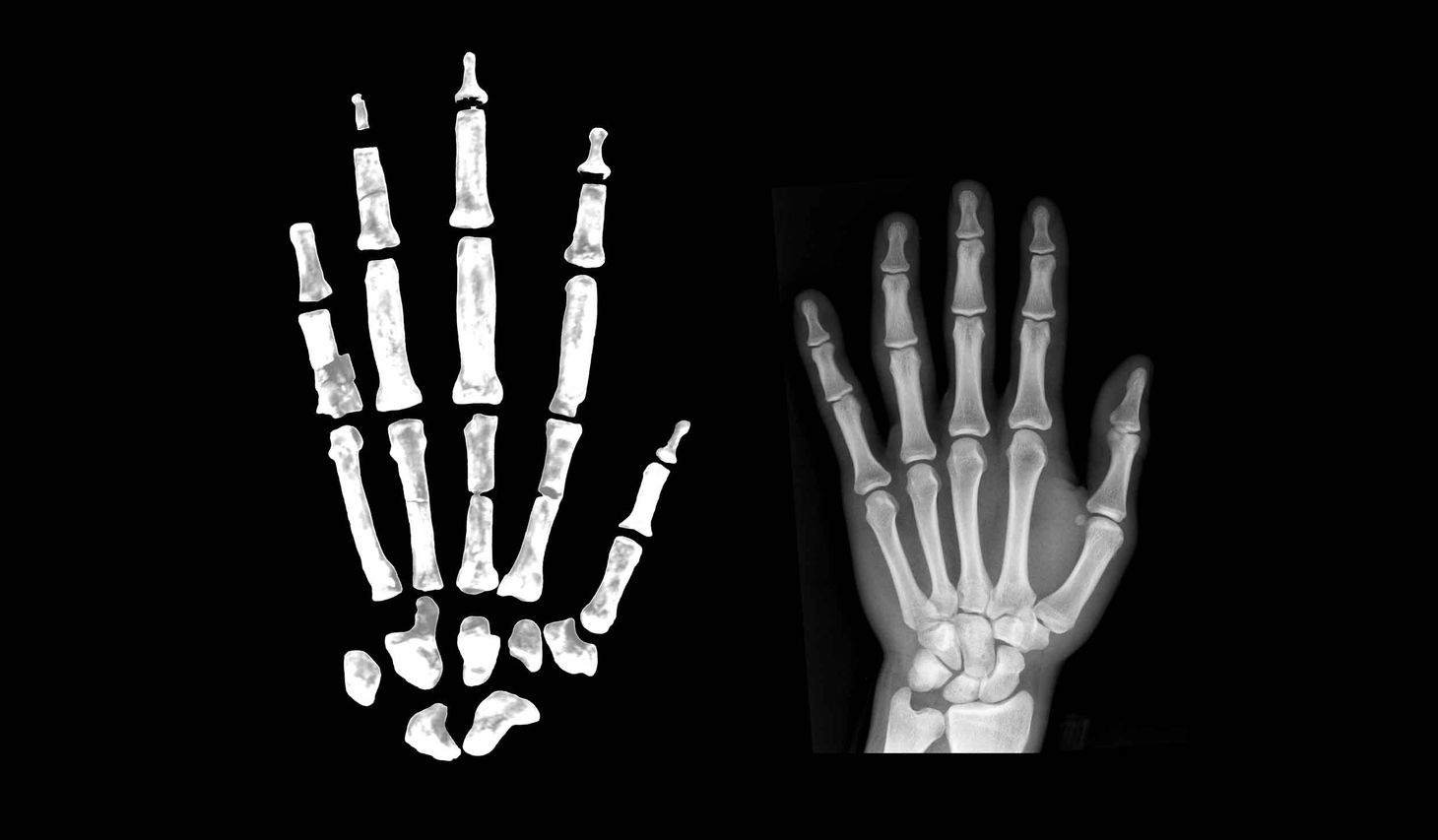
Interaction and mixture: big picture and small
From the level of function of a single gene up to the movements of entire populations, our evolution was built from mixture.

Guide to Australopithecus species
These ancient human relatives include the first species with evidence of upright walking and running like humans. They represent more than a third of our evolutionary history.
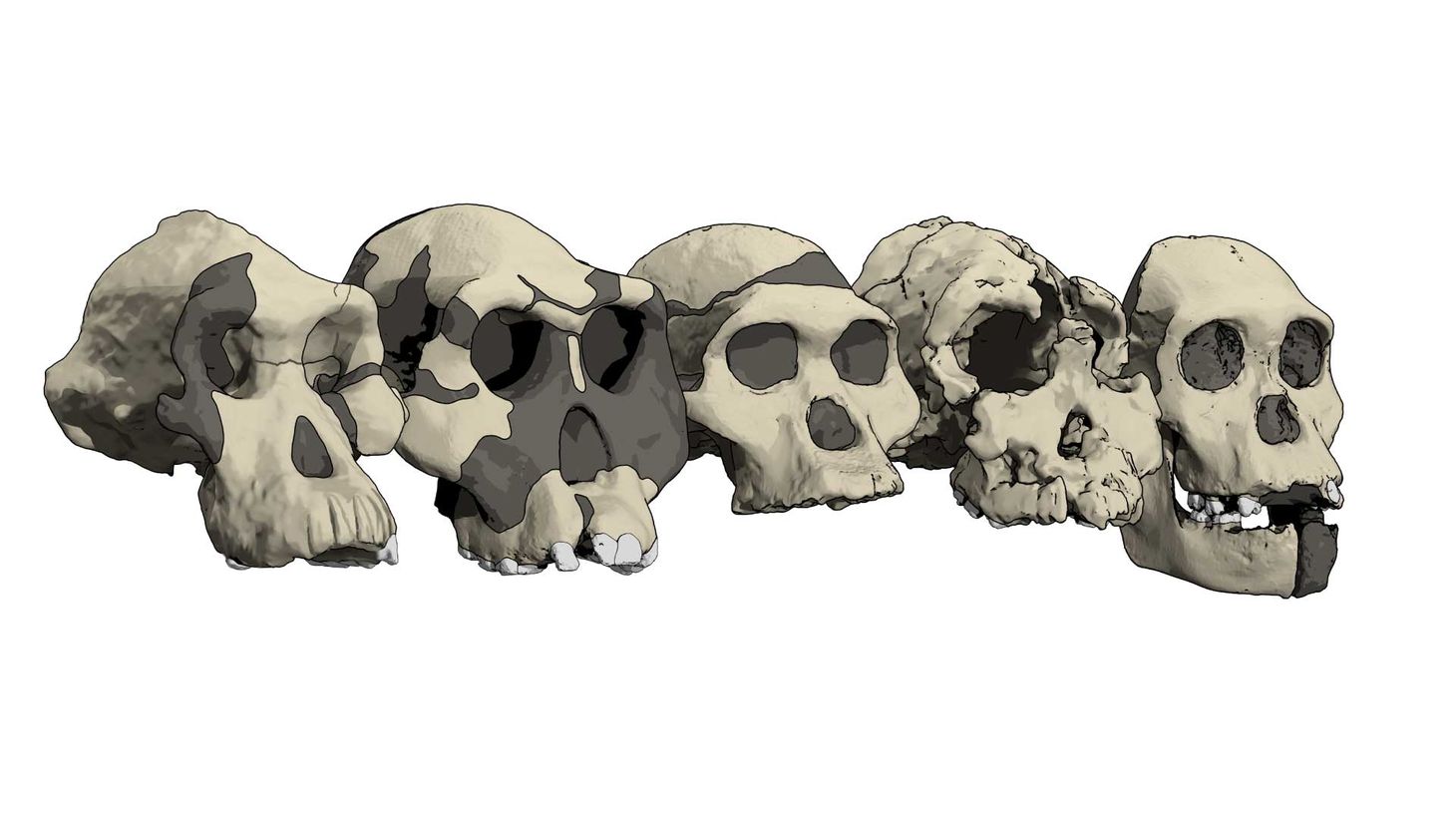
The real story of myosin, jaw muscles, and ancient brains
The provocative idea that our genus arose with a deactivated muscle gene turned out to be wrong.
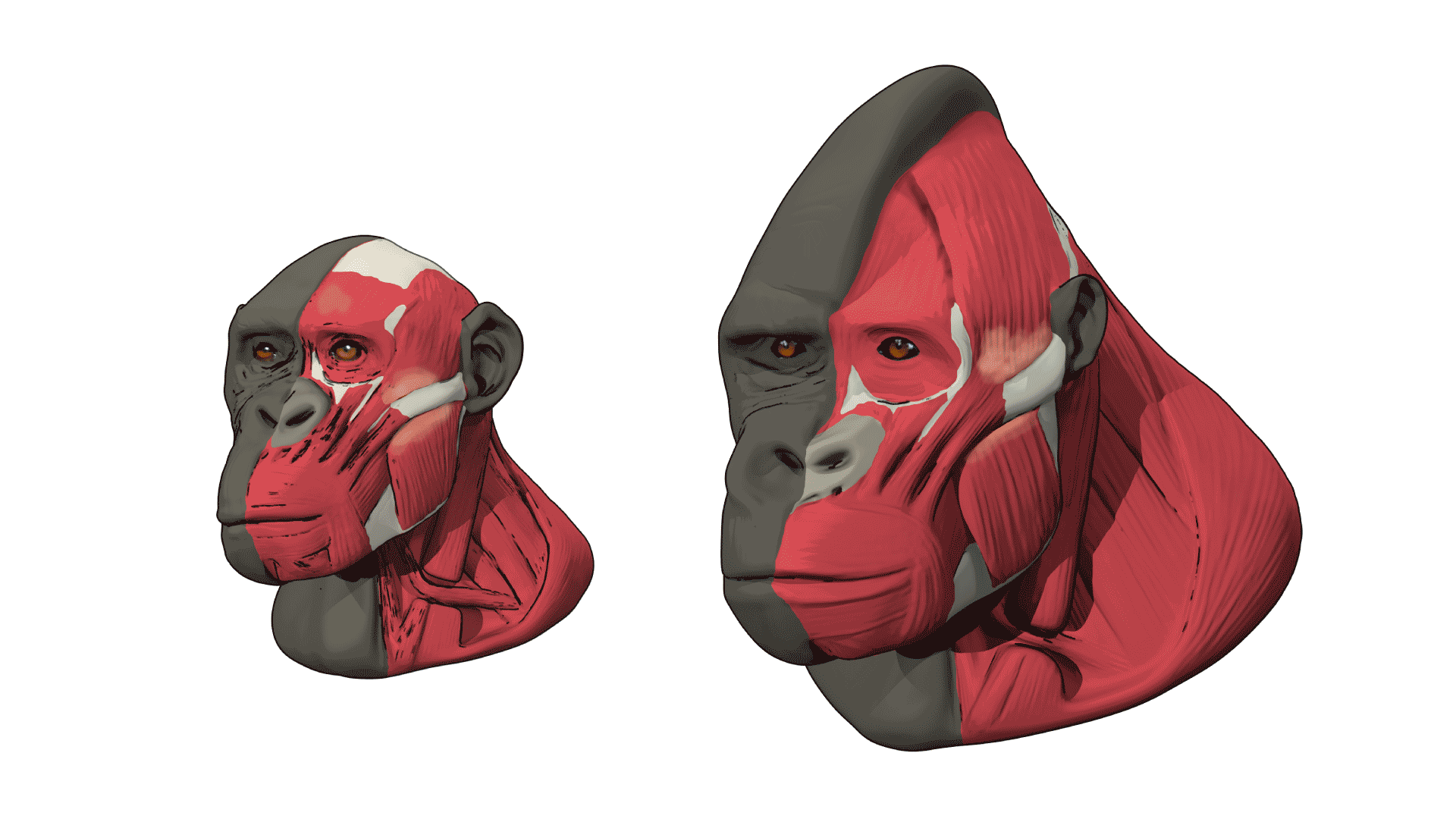
When did human chromosome 2 fuse?
More and more, it looks like this event happened shortly before a million years ago, in the common ancestors of Neandertal, Denisovan, and African ancestral humans.
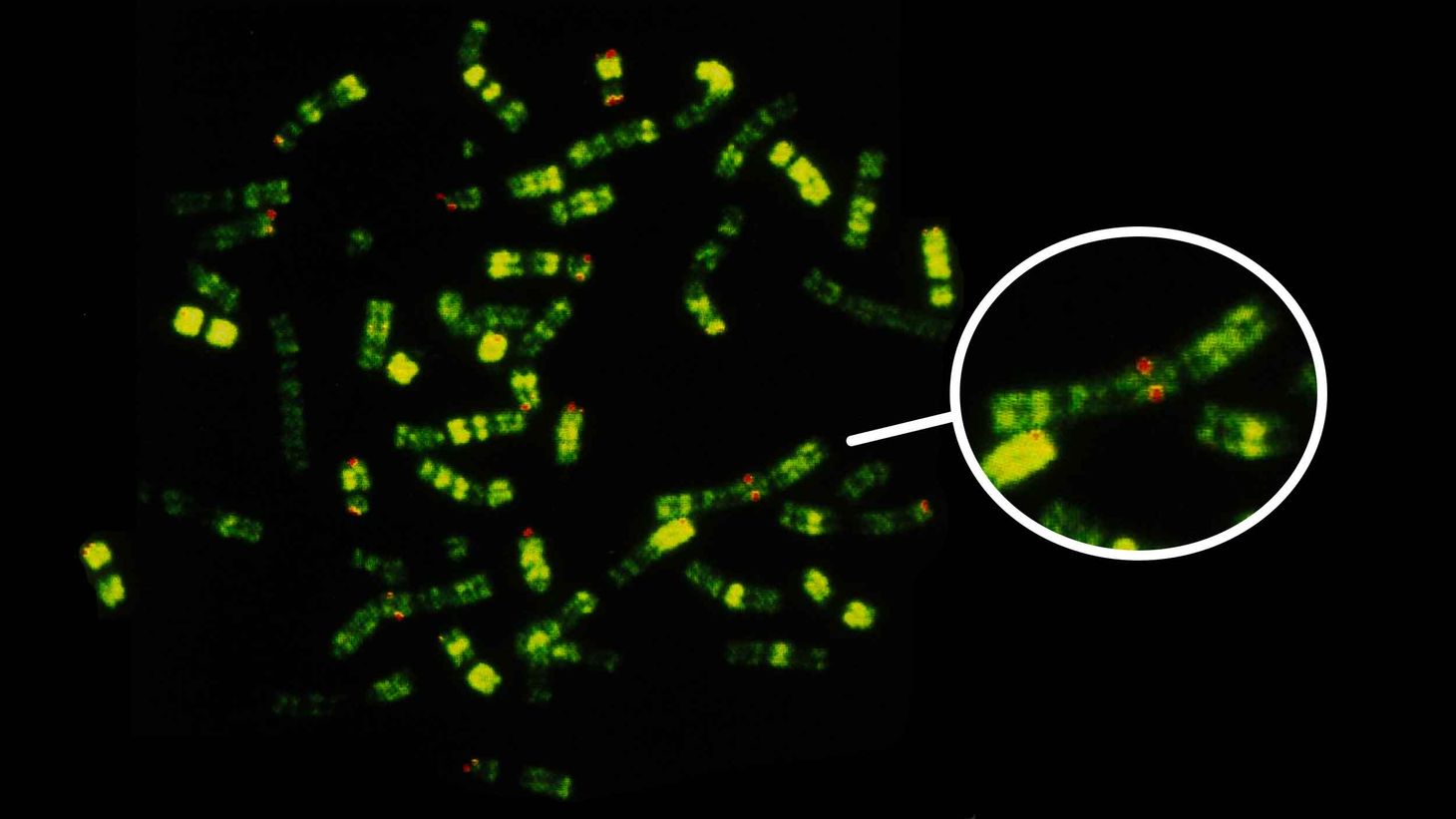
Climate models, Neandertals, and Denisovans
A new paper on biogeography of Neandertals and Denisovans raises ideas about the interactions of these groups.
